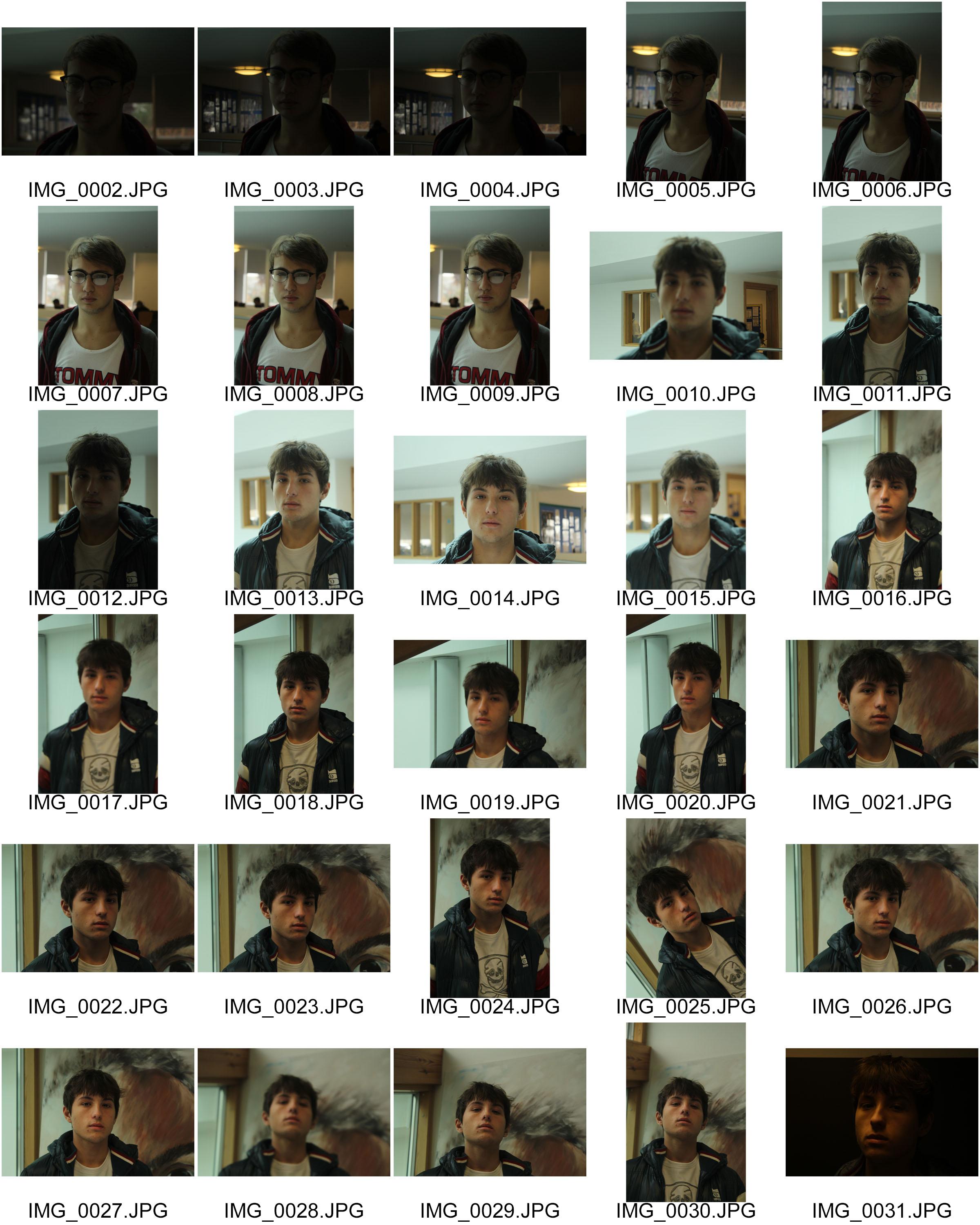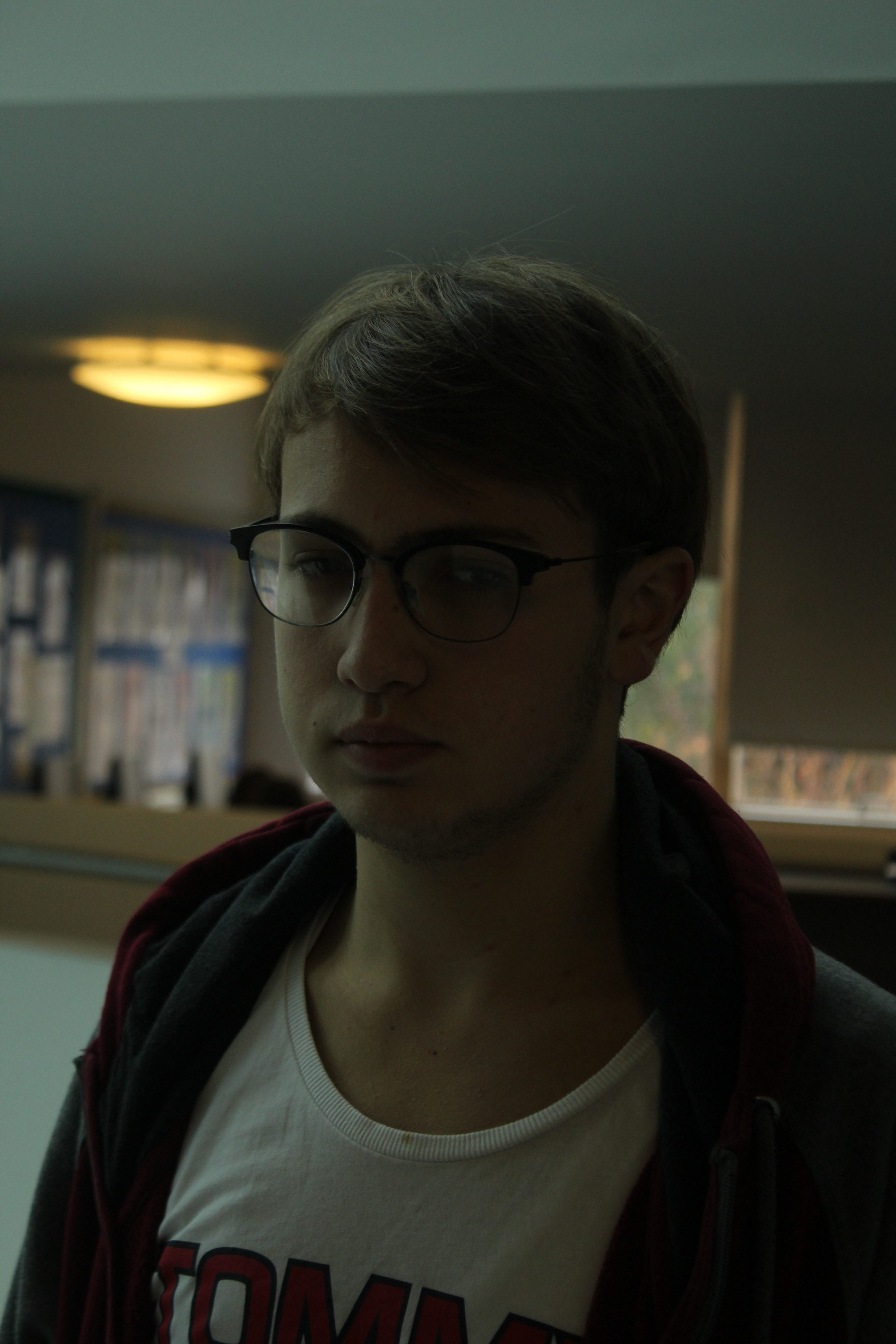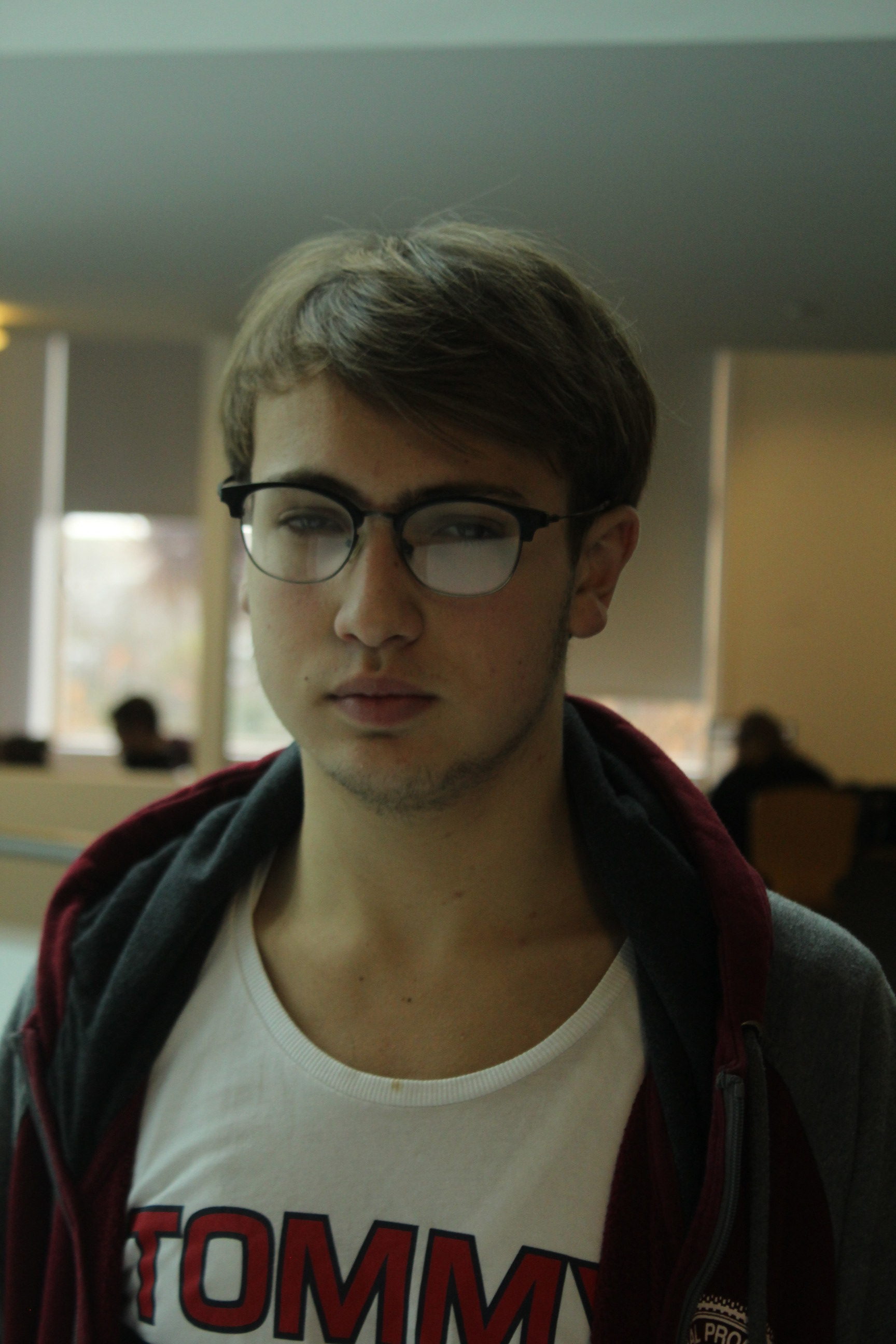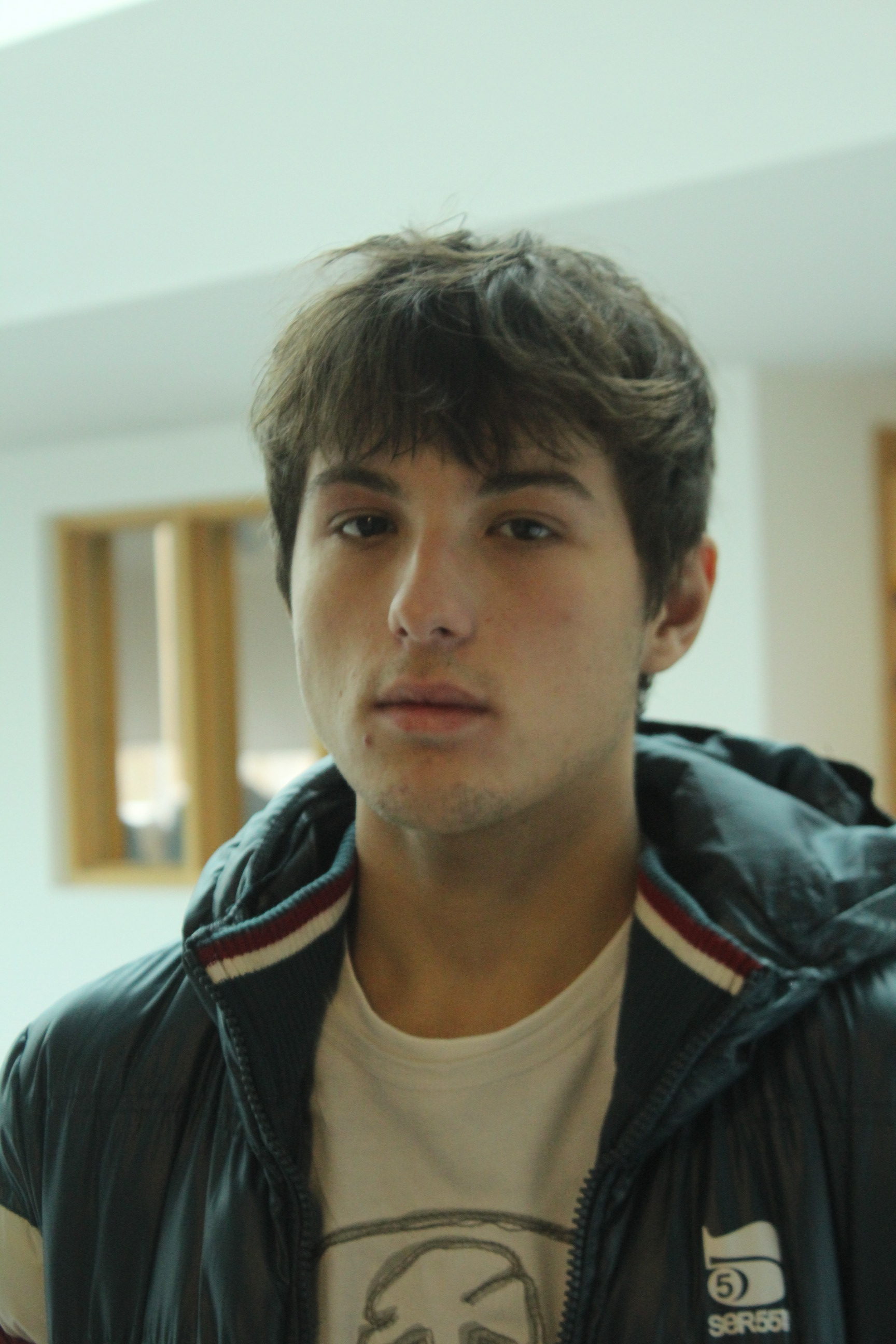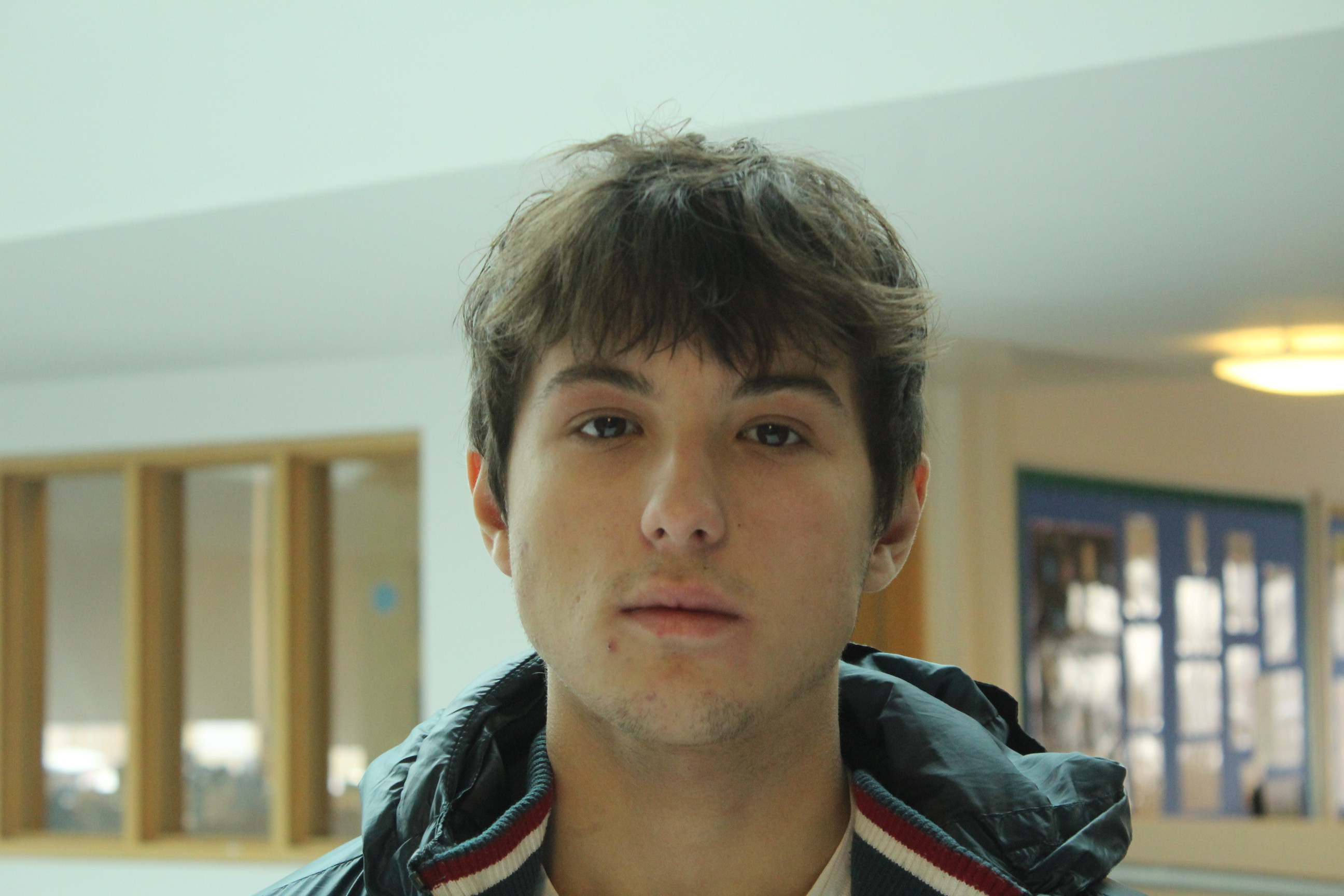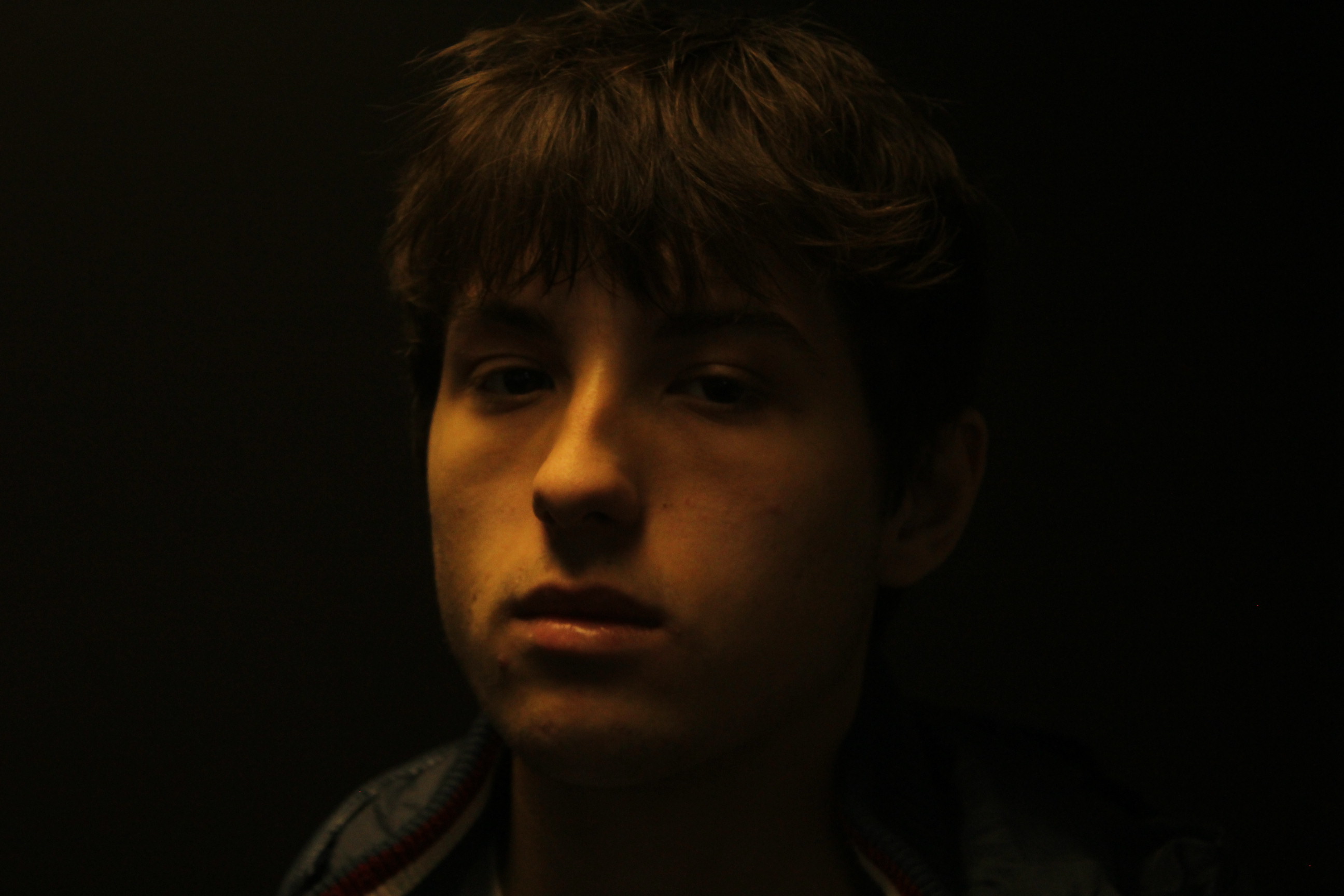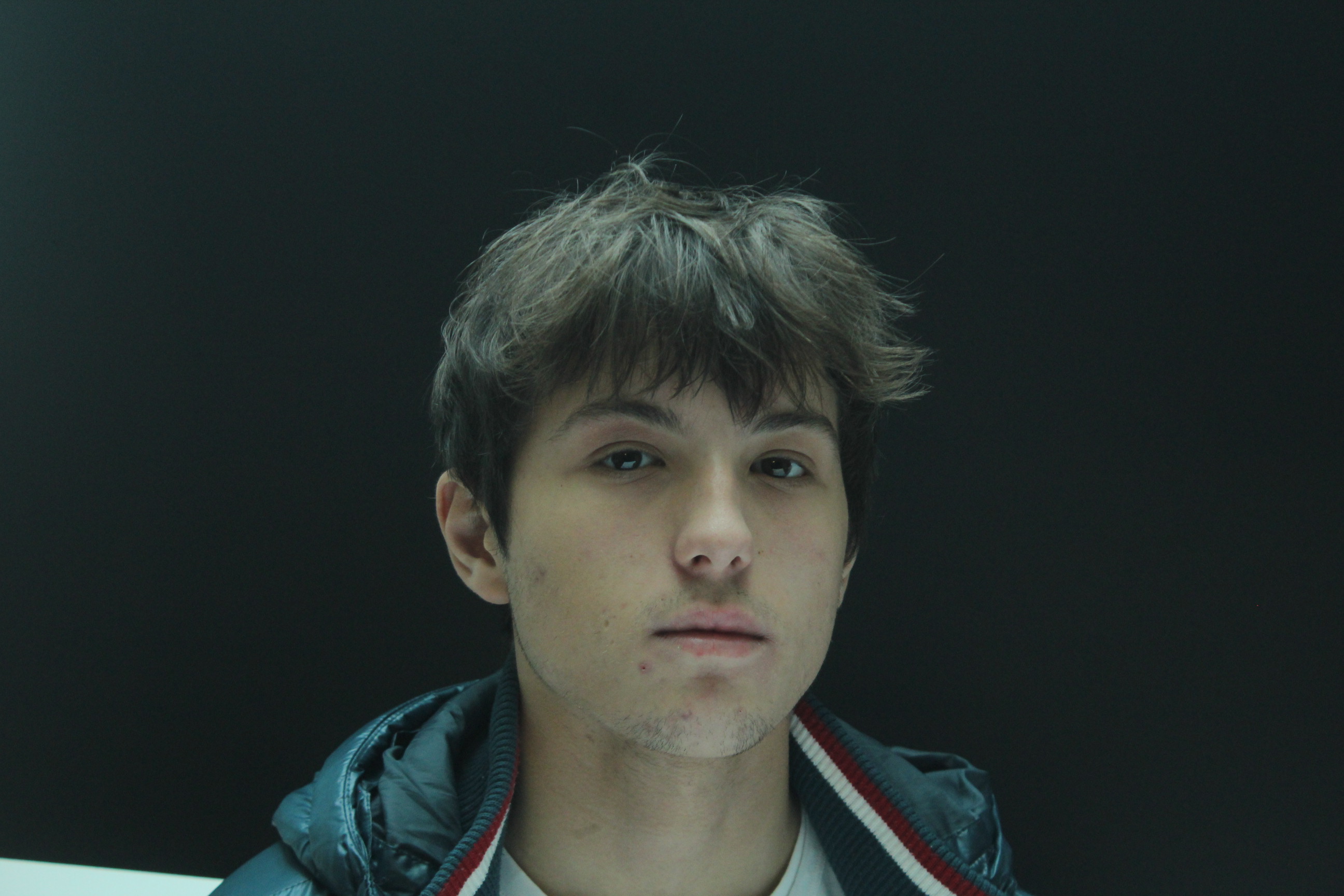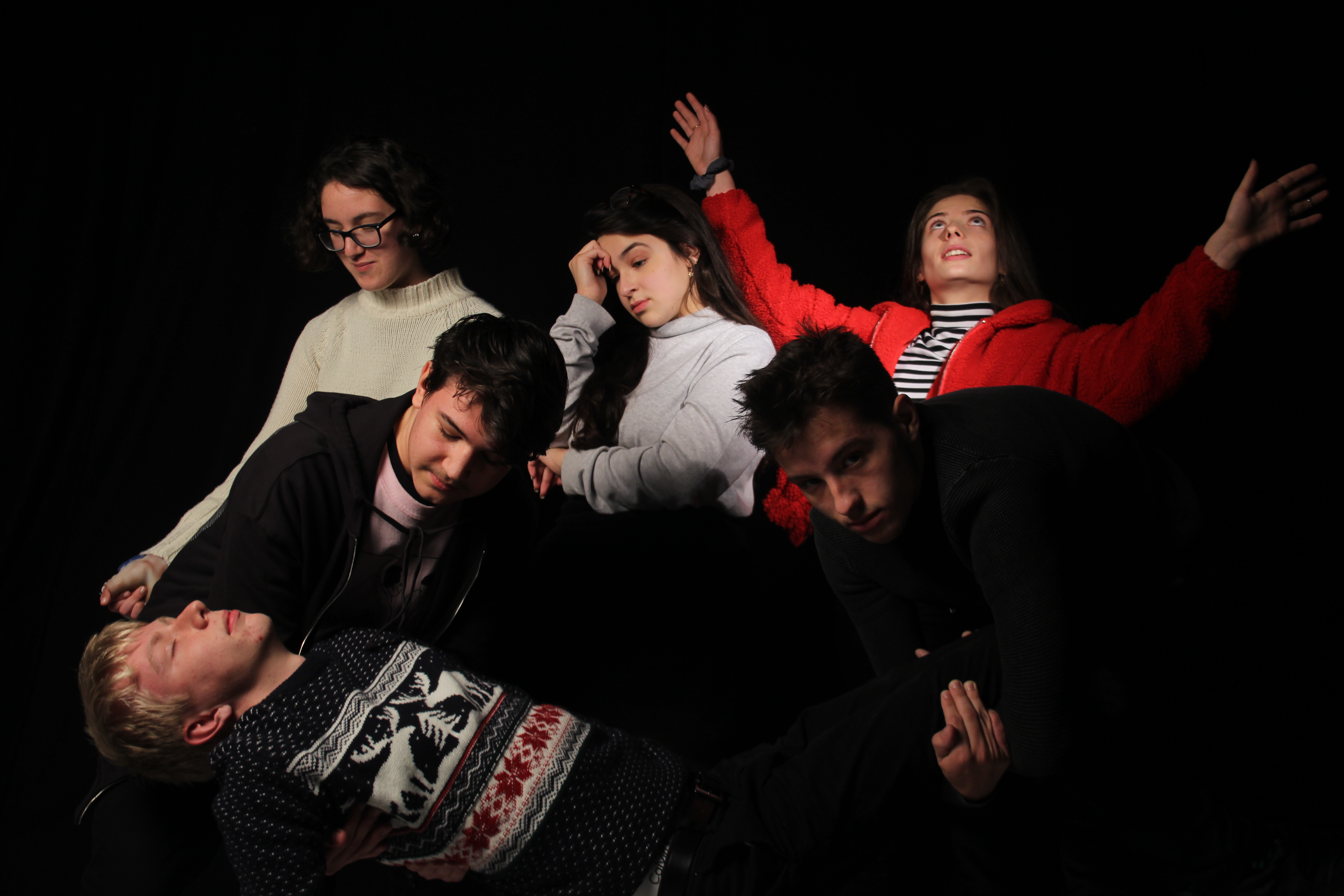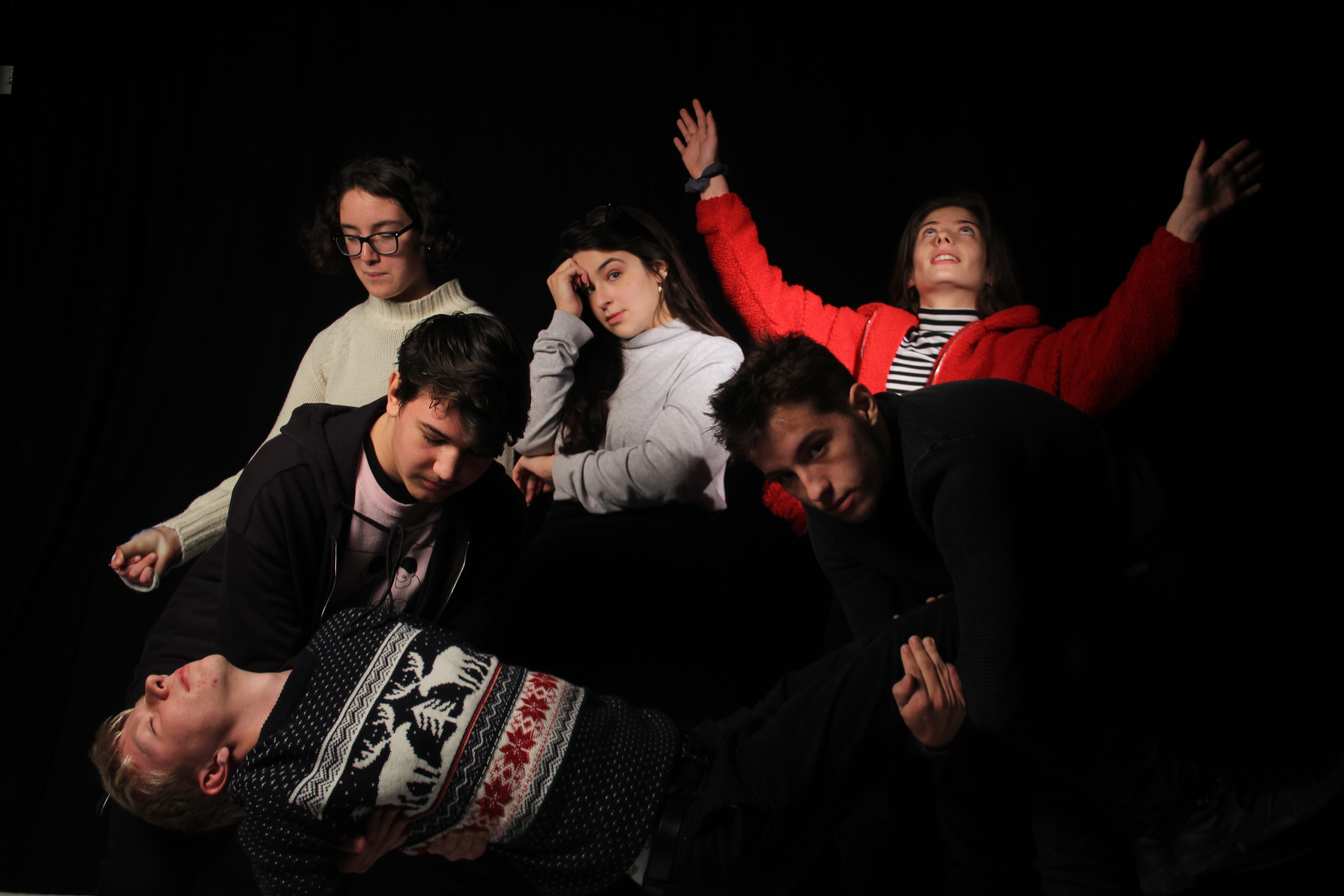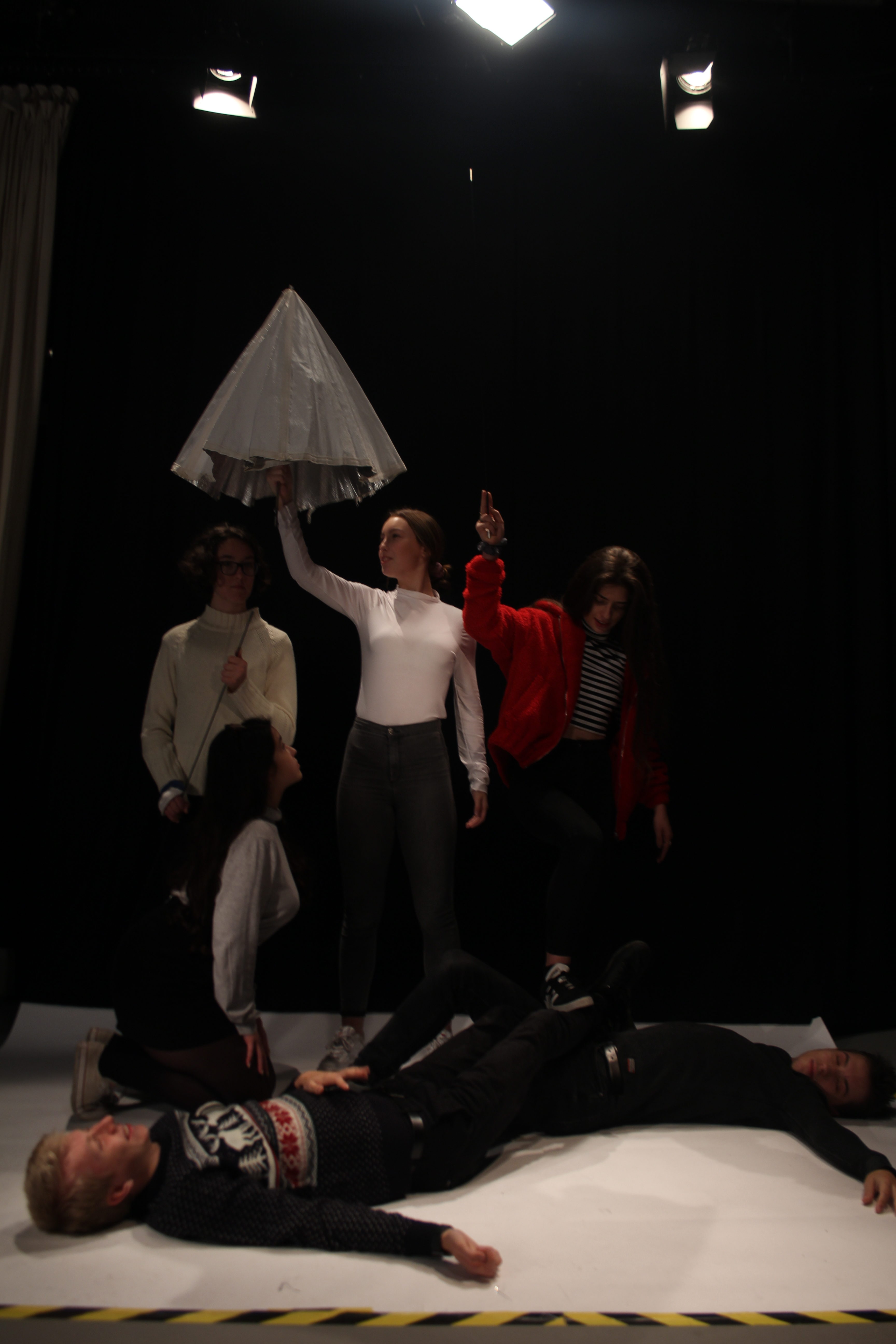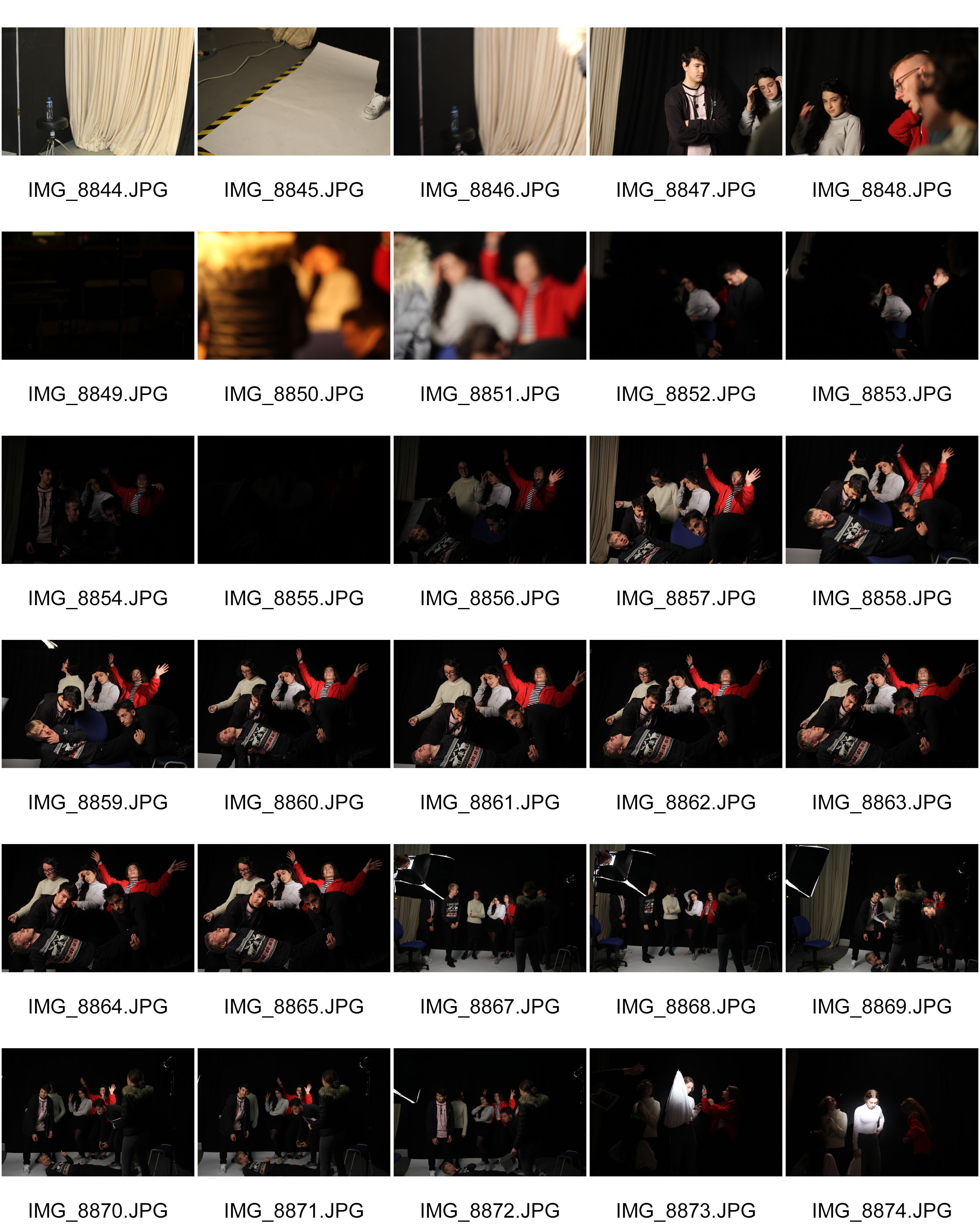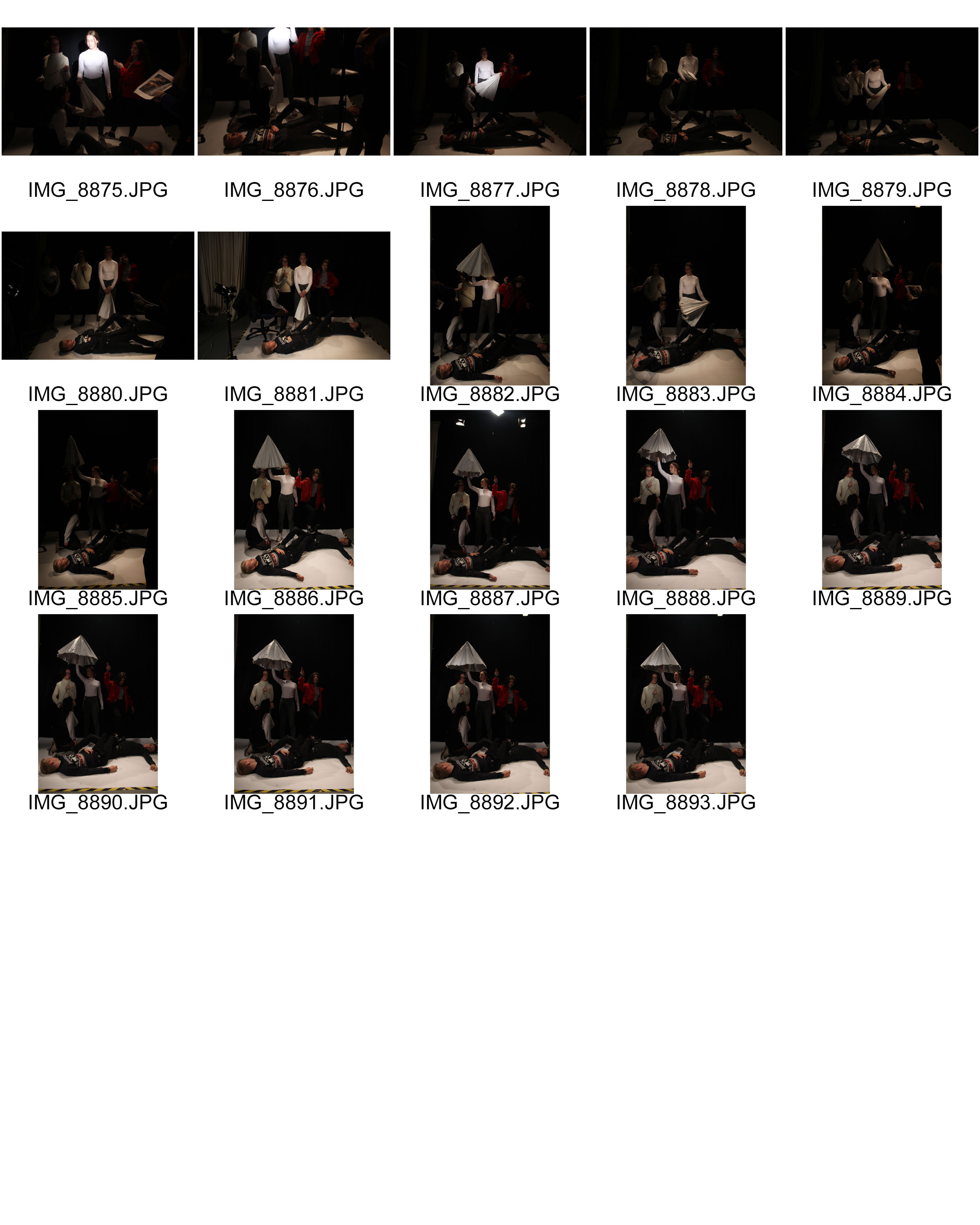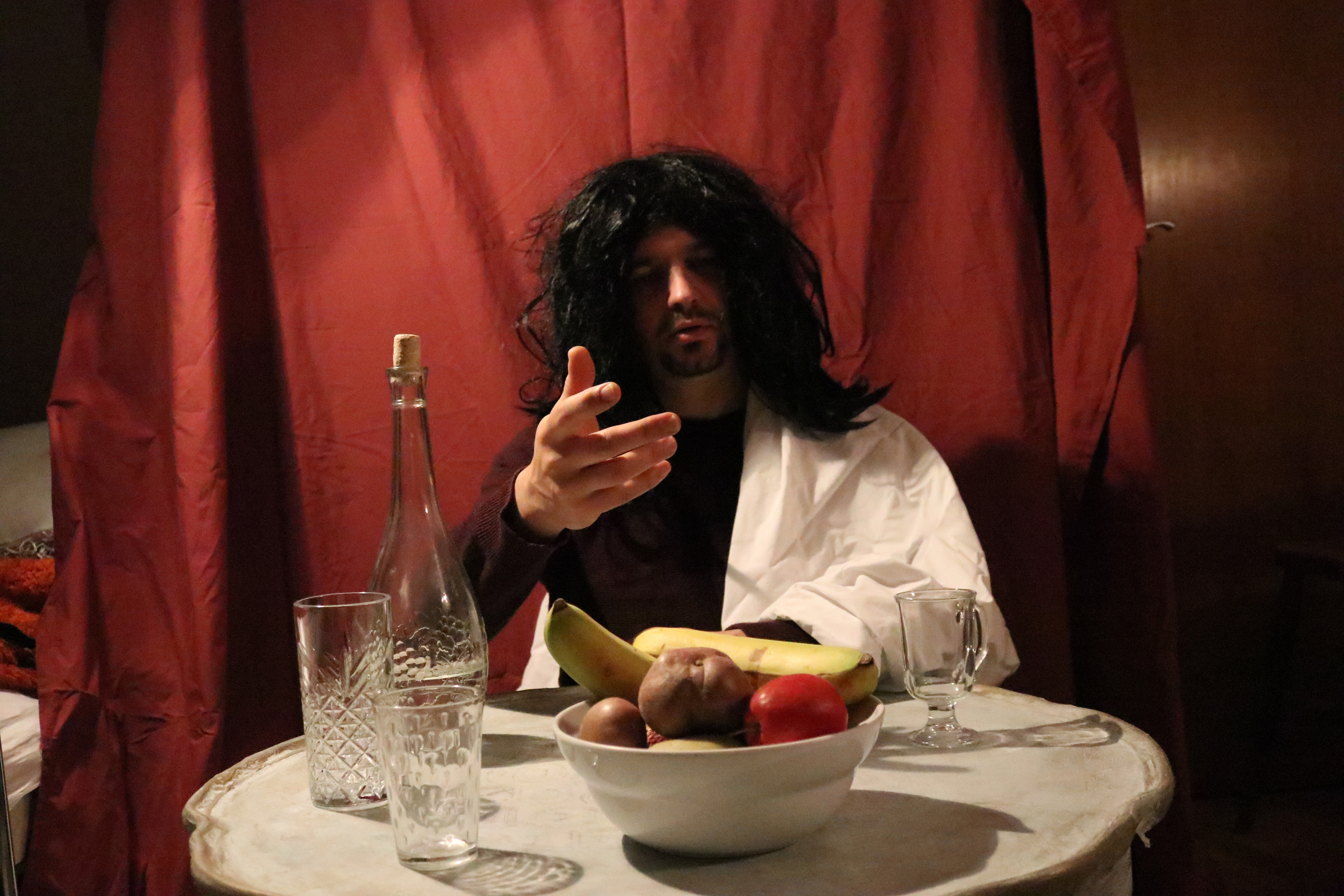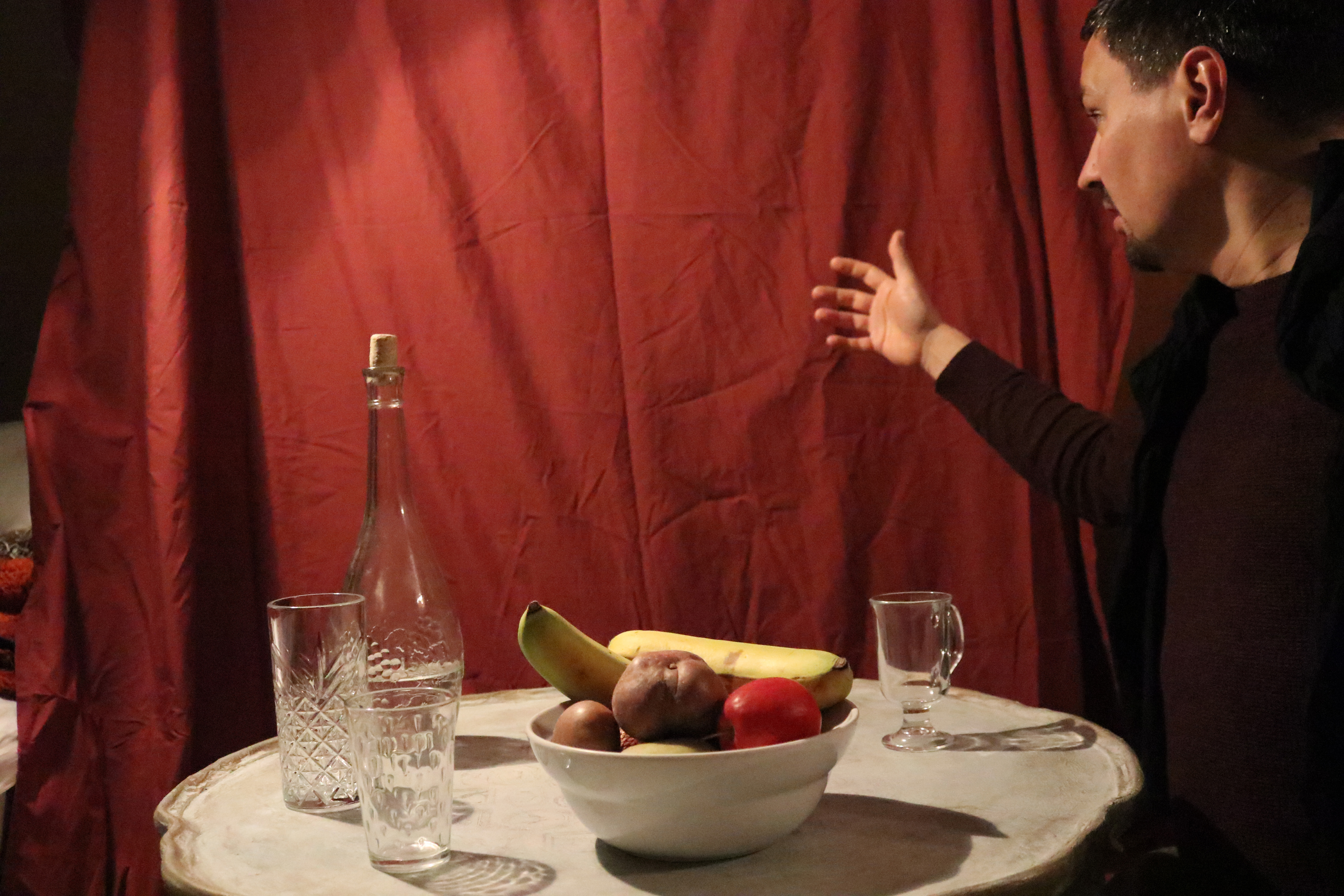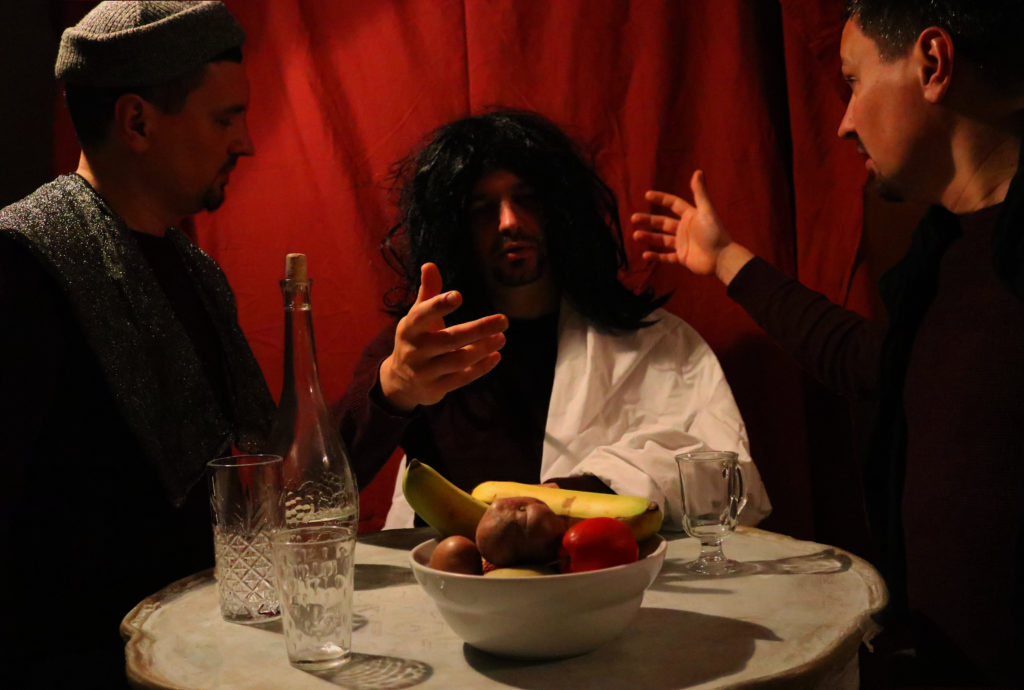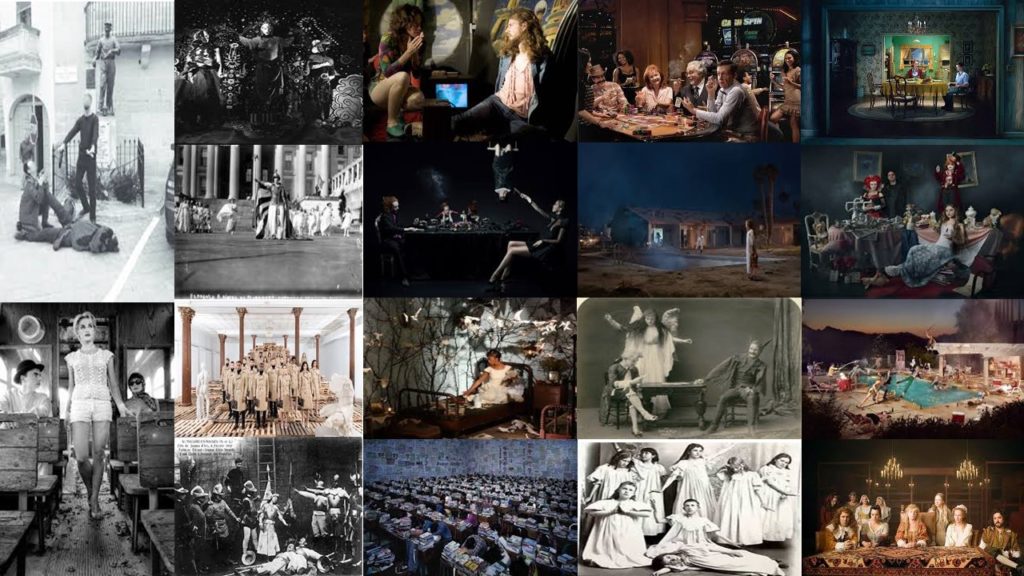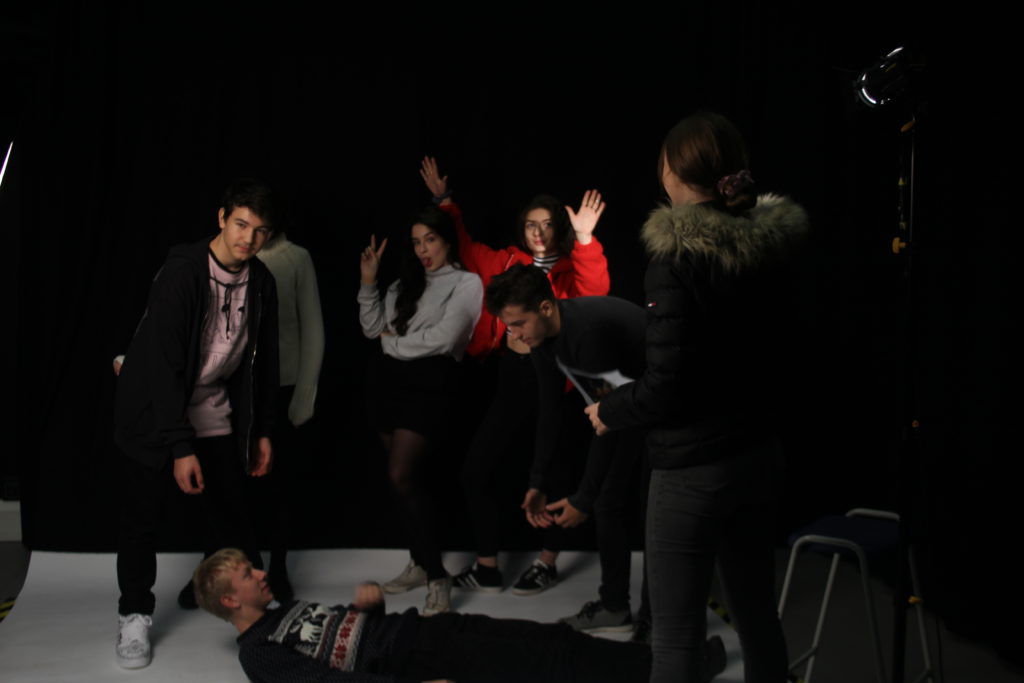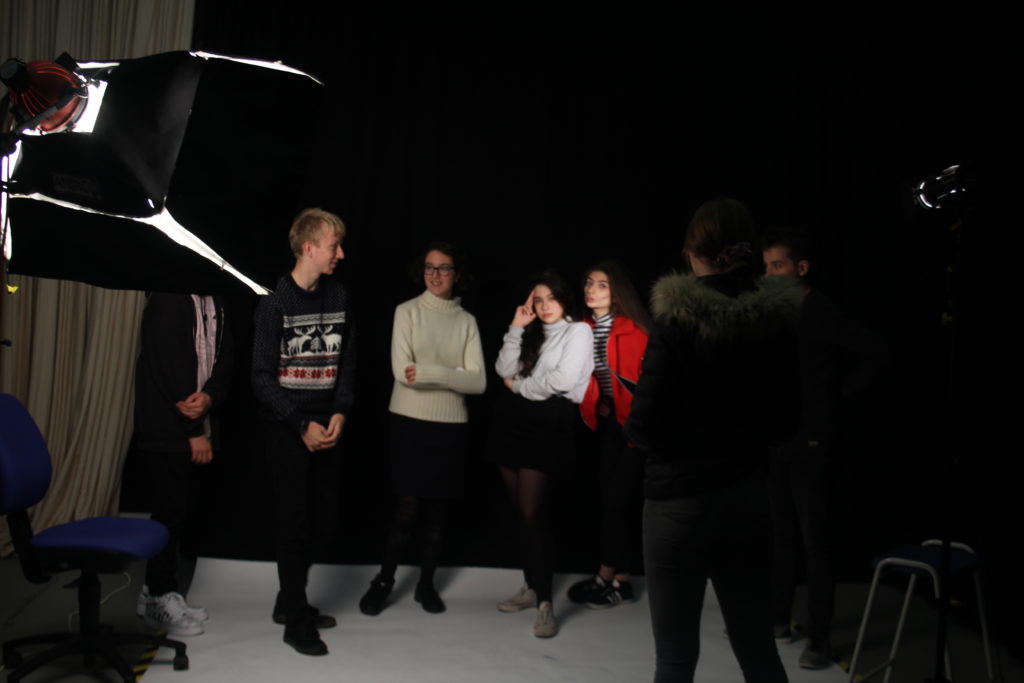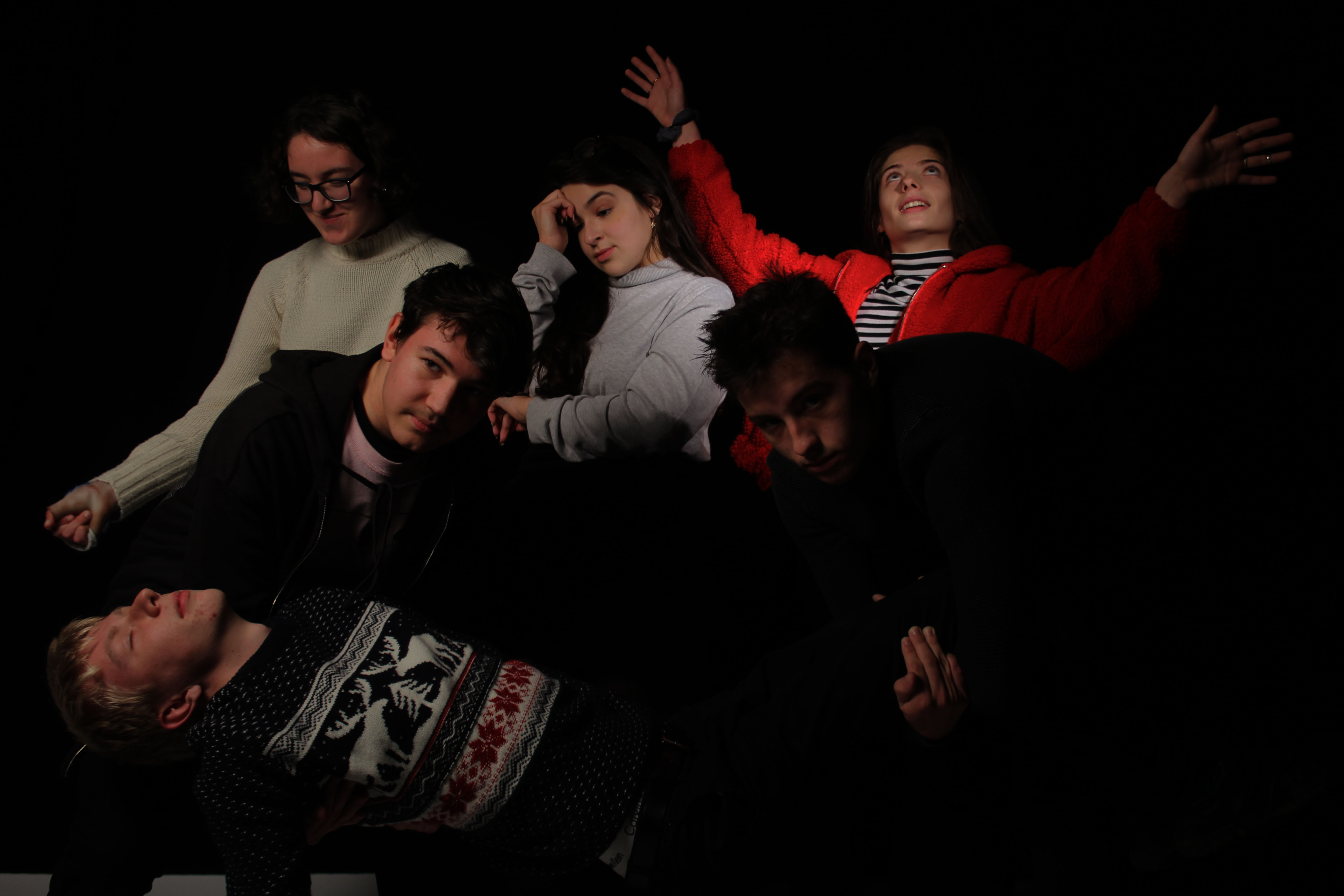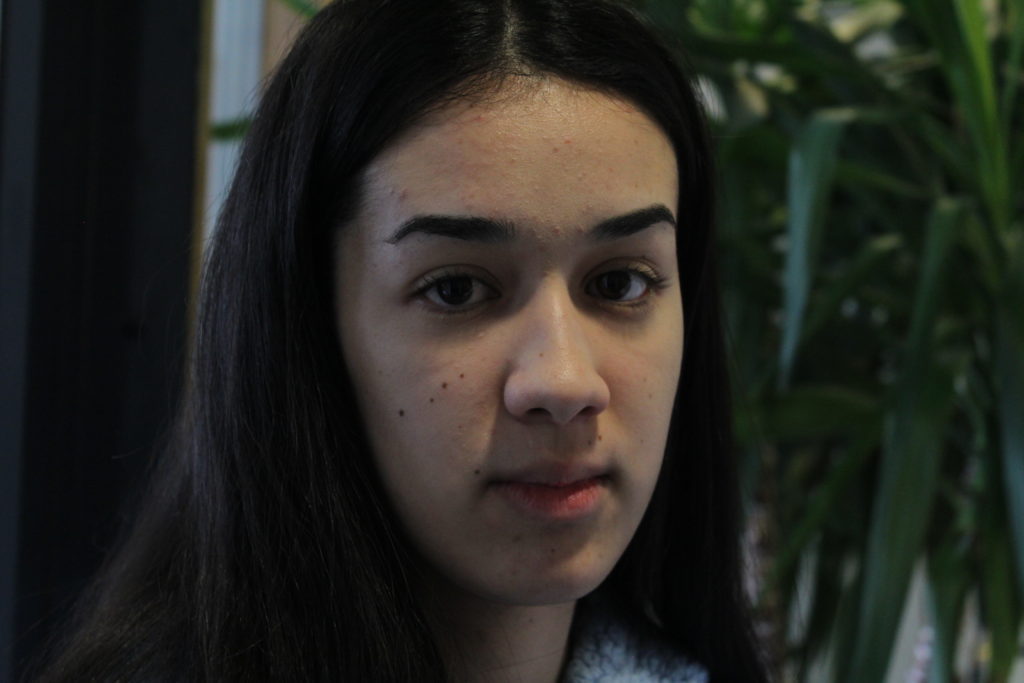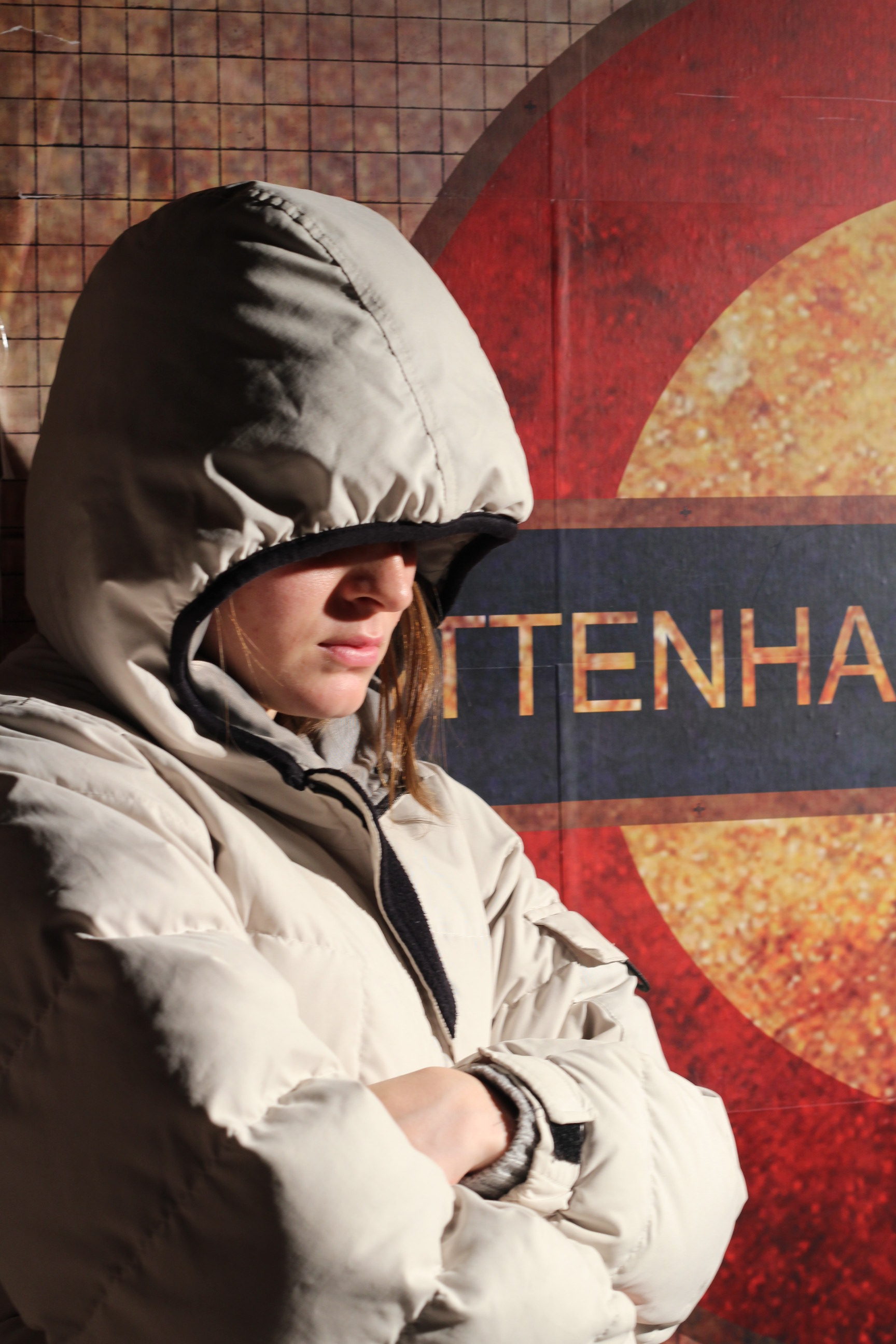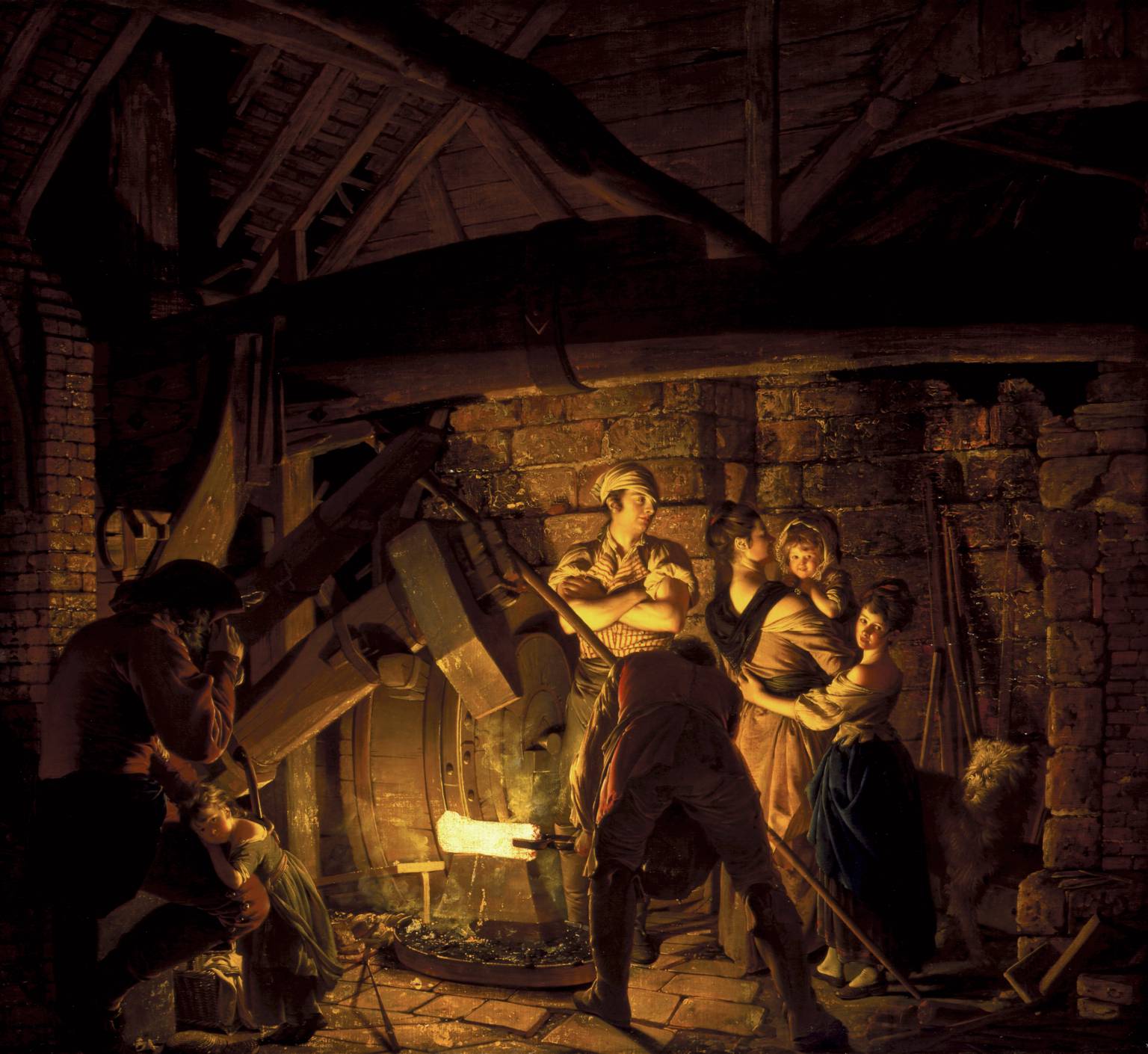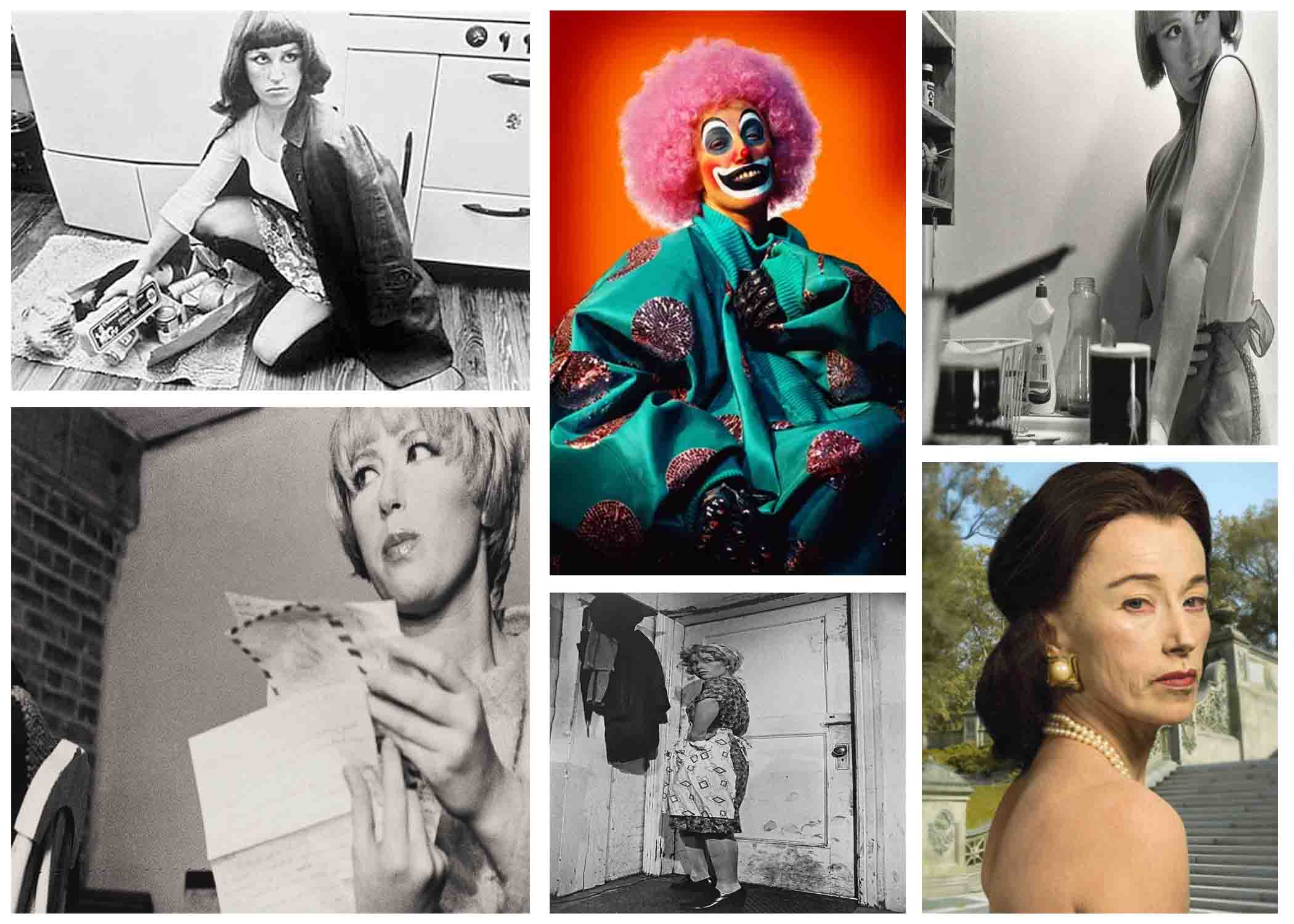
Tableau photography is a static scene containing one or more models or actors. They are usually in costume and are planned out carefully to create a certain scene.
Cindy Sherman is a postmodern photographer who started work in the 1970s and is still working today. She’s been important in the areas of “studies of the de-centered self, the mass media’s reconstruction of reality, the inescapably of the male gaze, the seductions of abjection, and any number of related philosophical issues.” She uses herself as the subject in almost all of her photographs except only a few. These are staged photographs that she takes in her studio. It’s important that they’re staged because we know that this is some sort of message embedded in them that she is trying to get across to us.
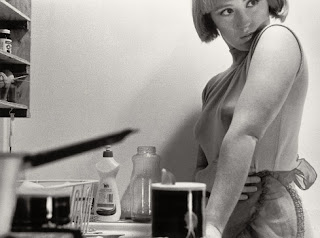
In this image, Sherman is shown to pose in the kitchen, in front of the sink with an apron on. This is clearly making a statement on the gender stereotype of women’s place in the house, which was typically in the kitchen. This looks more of like a 1950-60’s setting, where the role of women were pretty fixed within society, and they were berated for being anything else otherwise. Sherman may have been fighting against these stereotypes and making the voices of women louder when it came to their rights and how society saw them, and going against the tainted norms to make a change.
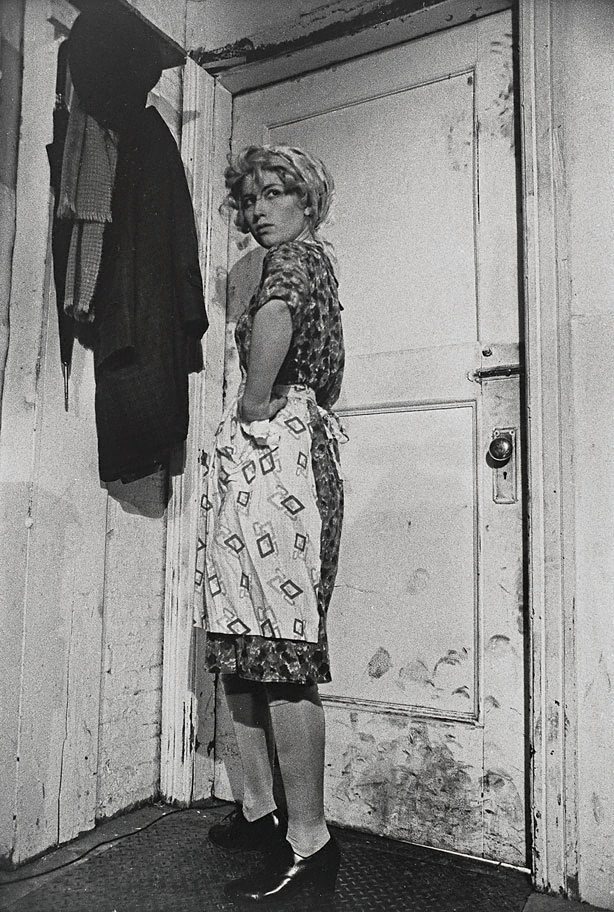
In this image, a woman is shown standing by a dirty door, in typical house wife clothes of the 1970’s. Like many of her works, and the one I mentioned above, this portrays the stereotypical view of women and their duty to the house hold.

